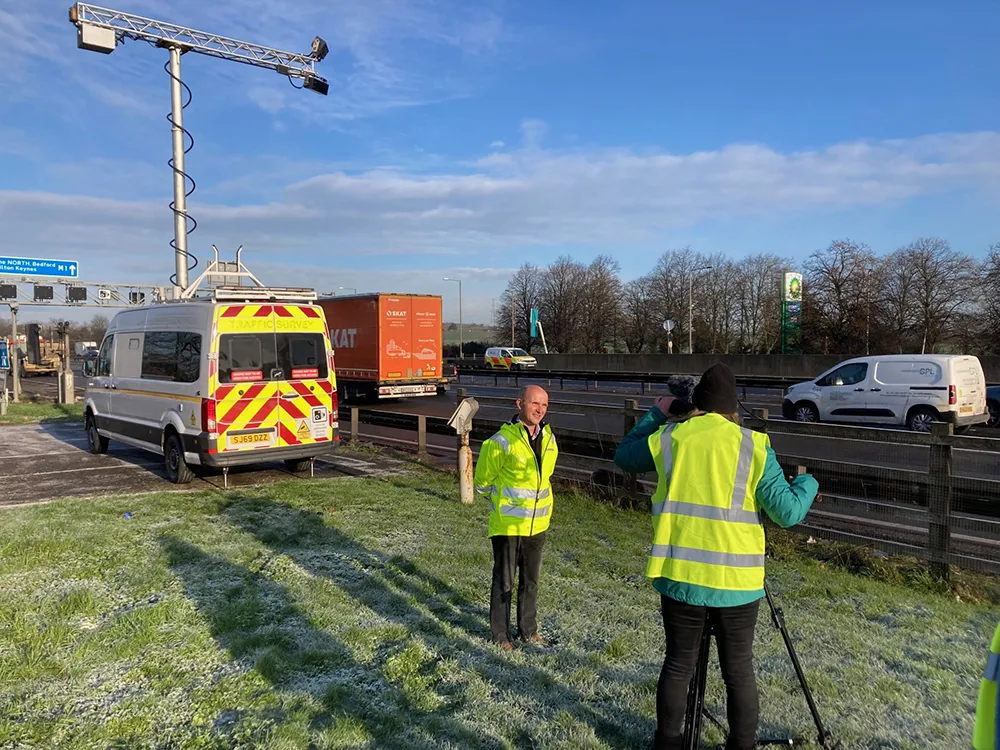Indonesia has started tackling acute traffic congestion in Jakarta and Surabaya.
When talking about Jakarta, Indonesia’s economic, cultural and political centre, it is very easy to lapse into superlatives. With a population of over 10 million people it is the thirteenth most populated city in the world and the biggest in South East Asia. The official metropolitan area, known as Jabodetabek, is also the second largest in the world. Almost 98% of journeys in Jabodetabek are made by road and the tremendous
March 19, 2014
Read time: 4 mins

Indonesia has started tackling acute traffic congestion in Jakarta and Surabaya.
When talking about Jakarta, Indonesia’s economic, cultural and political centre, it is very easy to lapse into superlatives. With a population of over 10 million people it is the thirteenth most populated city in the world and the biggest in South East Asia. The official metropolitan area, known as Jabodetabek, is also the second largest in the world. Almost 98% of journeys in Jabodetabek are made by road and the tremendous surge in the number of motor vehicles is leading to very bad and worsening levels of congestion in the district which is causing huge economic inefficiencies and loss.
As far back as 2009 the authorities in Jakarta realised the massive problems ahead and that their city was heading towards almost total gridlock. To improve the situation and head off further deterioration the authorities laid out an ambitious and comprehensive master plan that includes the development of public transport, road pricing measures and road capacity improvements. One of the first moves has been to set up an Area Traffic Control Systems (ATCS) in the financial district.
With the congestion being almost citywide, deciding where and how to start tackling it was a problem in itself. The decision was made to start in Jakarta’s financial district where 37 intersections have been connected to the ATCS – that represents around 10% of the city’s light-controlled intersections. The ATCS uses the Sydney Coordinated Adaptive Traffic System (SCATS), to dynamically (online and real-time) calculate the best phasing for the current traffic situation and automatically controls the traffic light signal phases to optimise traffic flows and reduce congestion. Real-time feedback and integrity checking allows the agency to immediately detect and fix traffic light problems such as the lack/absence of dynamic (online, real-time) timing of signal phases at each of the traffic signals.
Koen Soenens, business development manager at6778 FLIR, says that visibly the system has reduced congestion although the road authorities in Jakarta have no comparative data to quantify the improvement, He adds that a similar scheme in the US reduced travel times by up to 70% and that the authorities in Jakarta have a five-year deployment plan in place to expand the area that is covered by ATCS.
An ATCS was installed in Surabaya in the 1990s, however some of the traffic signals had fixed time programs and the system presented a number of problems including maintenance and lack of sustainability with future plans (such as public transport priority systems). Following the City Council’s decision that traffic safety and traffic flows needed to be improved, another 15 intersections were connected with the existing ATCS bringing the total to 32 (although some fixed timing installations remain). Here also the ATCS system is fed by video-based vehicle presence information coming from 90 TrafiCam sensor units installed across the 32 locations.
Again there is no travel time or speeds data to quantify the effect of the system in Surabaya, but when starting from such a difficult situation, the effects are evident. What is more significant is that the Indonesian authorities are using ITS to begin tackling some of the world’s most intractable congestion problems and the data from the first systems will help evaluate and guide subsequent implementations.
When talking about Jakarta, Indonesia’s economic, cultural and political centre, it is very easy to lapse into superlatives. With a population of over 10 million people it is the thirteenth most populated city in the world and the biggest in South East Asia. The official metropolitan area, known as Jabodetabek, is also the second largest in the world. Almost 98% of journeys in Jabodetabek are made by road and the tremendous surge in the number of motor vehicles is leading to very bad and worsening levels of congestion in the district which is causing huge economic inefficiencies and loss.
As far back as 2009 the authorities in Jakarta realised the massive problems ahead and that their city was heading towards almost total gridlock. To improve the situation and head off further deterioration the authorities laid out an ambitious and comprehensive master plan that includes the development of public transport, road pricing measures and road capacity improvements. One of the first moves has been to set up an Area Traffic Control Systems (ATCS) in the financial district.
With the congestion being almost citywide, deciding where and how to start tackling it was a problem in itself. The decision was made to start in Jakarta’s financial district where 37 intersections have been connected to the ATCS – that represents around 10% of the city’s light-controlled intersections. The ATCS uses the Sydney Coordinated Adaptive Traffic System (SCATS), to dynamically (online and real-time) calculate the best phasing for the current traffic situation and automatically controls the traffic light signal phases to optimise traffic flows and reduce congestion. Real-time feedback and integrity checking allows the agency to immediately detect and fix traffic light problems such as the lack/absence of dynamic (online, real-time) timing of signal phases at each of the traffic signals.
Extensive TrafiCam site
Input for the SCATS system is provided by the 135 TrafiCam vehicle presence sensors and 25 TrafiCam x-stream sensors which have been installed at the 37 intersections to deliver real-time video-based traffic information. The TrafiCam vehicle presence sensors combine a CMOS camera and video detector in one unit and in Jakarta this output signal goes directly to the traffic light controller system. Output from the TrafiCam x-stream includes streaming video and this is sent to the traffic control centre, the police and local authorities via a fibre-optic cable.Koen Soenens, business development manager at
Critical congestion levels in Surabaya
It is a similar story on the other side of the Java Island in Surabaya, Indonesia’s second-largest city. Surabaya has a population of more than 3.1 million people (5.6 million in the metropolitan area) and congestion had reached a critical threshold. At peak times on some roads the average speed dropped to less than 10 km/h because the road infrastructure is insufficient for the growing number of vehicles.An ATCS was installed in Surabaya in the 1990s, however some of the traffic signals had fixed time programs and the system presented a number of problems including maintenance and lack of sustainability with future plans (such as public transport priority systems). Following the City Council’s decision that traffic safety and traffic flows needed to be improved, another 15 intersections were connected with the existing ATCS bringing the total to 32 (although some fixed timing installations remain). Here also the ATCS system is fed by video-based vehicle presence information coming from 90 TrafiCam sensor units installed across the 32 locations.
Again there is no travel time or speeds data to quantify the effect of the system in Surabaya, but when starting from such a difficult situation, the effects are evident. What is more significant is that the Indonesian authorities are using ITS to begin tackling some of the world’s most intractable congestion problems and the data from the first systems will help evaluate and guide subsequent implementations.










